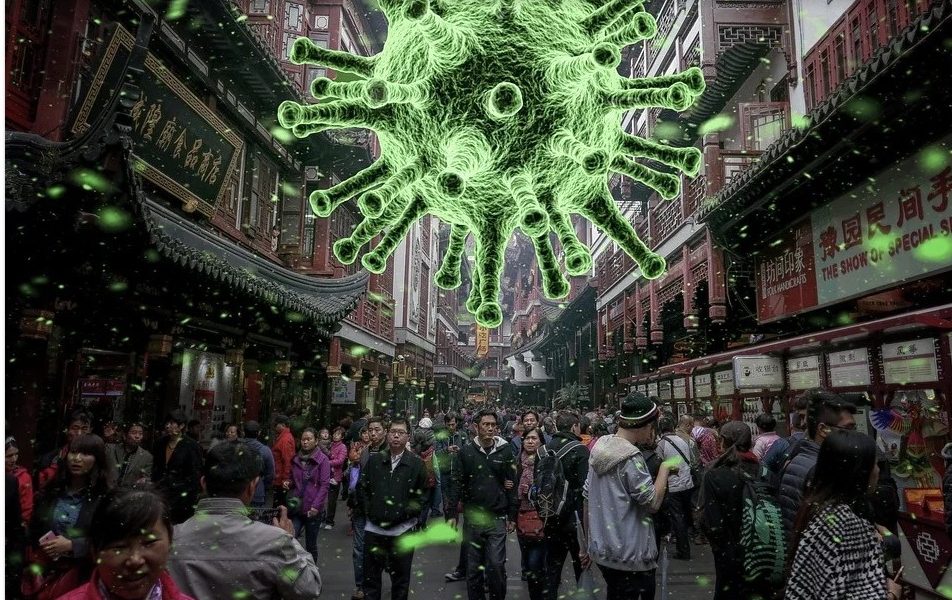Will Big Data and AI Solve the COVID-19 Pandemic?

The catastrophic COVID-19 pandemic has everyone scrambling for solutions. Those in the tech industry suggest the use of technological tools particularly artificial intelligence and big data. Will these be of any help, though?
Unfortunately, it seems AI and big data may not be of much use in addressing the coronavirus pandemic within the next few months. Researchers worldwide have tried to take advantage of various forms of artificial intelligence, neural networks, big data, and other related technologies, but they are encountering a significant obstacle.
The Importance of Data
This hindrance (in utilizing AI and big data to solve a pandemic) is the inadequacy of data. AI researchers have been trying to use the sophisticated technologies they have nurtured for many years, but they are hampered by the lack of organized information about the disease. The data they need are scattered around the world and cannot be readily analyzed.
Researchers say that they could develop AI-powered diagnostic tests for COVID-19 infection based on x-rays or CT-scans of the lungs. The idea is to use machine learning to establish differences between healthy and coronavirus-affected lungs based on x-rays and CT scans. Using carefully developed algorithms, patients can be tested for COVID-19 based on the state of their lungs.
As such, it’s possible to do tests without taking swabs or drawing bodily fluids. Lung scanning can provide an alternative method of diagnosis, which can add to the testing capacities of healthcare systems. It is also relatively safer since the analysis only involves the evaluation of images.
Alas, the insufficiency of relevant data proves to be too formidable. Scientists can’t develop reliable data-based testing systems too soon. Likewise, they have been unable to come up with closer-to-accurate models of the spread of disease, which can provide better guidance for policymakers.

Promising Development
Nevertheless, there have been studies that suggest the big potential of AI in addressing the global virus outbreak. Last March, a joint research by multiple institutes demonstrated the potential of diagnosing COVID-19 cases accurately through AI. The research, entitled “Artificial Intelligence Distinguishes COVID-19 from Community Acquired Pneumonia on Chest CT,” was published in the journal Radiology.
This research developed an AI deep learning model that can accurately detect COVID-19 cases, capable of differentiating the disease from ordinary pneumonia and other infections of the lungs. This model is referred to as COVNet or COVID-19 detection neural network. The researchers claim an accuracy rate of 96%.
To clarify, this is different from a deployable solution ready for use in actual healthcare facilities. As mentioned, there is still a data insufficiency obstacle. However, the research is keeping hopes up for a reliable diagnostic data-driven solution that can provide valuable augmentation to current testing capabilities and capacities.
No AI and Big Data Miracle
Do a search using the keyword “AI pandemic” and expect to find a handful of articles that present artificial intelligence as some miracle technology. Some companies from China, in particular, are hyping up the use of AI, neural networks, and big data as key solutions in addressing the serious health problem.
Wei Xu, a researcher from Tsinghua University’s Institute for Interdisciplinary Information Sciences, says that there is great potential in these advanced technologies. However, the deployment appears to be rather slow. Xu says that the initial successes they achieved in their research haven’t overcome the reality that it has been difficult to move forward because of the data problem.
The theory is simple. A computer only needs to be trained on what to examine in an X-ray or CT scan and determine which lung problem is induced by the SARS-COV-II virus and which one is caused by other diseases. The lungs are excellent organs to focus on because virtually everyone who has COVID-19, both symptomatic and asymptomatic, develops anomalies in their lungs. They tend to have “ground-glass opacity” because of fluid accumulation.
The problem is that there is shortage of data and expertise in generating useful details to be fed to AI systems and neural networks. The program Xu and his team developed is theoretically sound. However, Xu says that “AI systems require lots of labels.” These are notes or annotations on the X-rays and CT scans they obtain from various patients. Unfortunately, all of these require a ample time and are difficult to get. With many healthcare systems getting overrun by patients at present, it’s quite challenging to pursue AI as a solution.

Researchers believe that the solution to this problem is a global data sharing system. The world needs to come together to harness the powers of advanced tech. A paper prepared by scholars at the WHO, UN Global Pulse, and the Mila Institute for AI acknowledges the data problem. The paper suggests the establishment of a secure central database with de-identifying mechanisms. This should facilitate the generation and sharing of useful data reflecting the latest knowledge about COVID-19 in different parts of the world.
The use of AI for medicine or healthcare is nothing new. Some years ago, Google introduced an AI system for detecting breast cancer. There are many examples of artificial intelligence employed to improve medical care. It’s regrettable, however, that they can’t be put to good use immediately because of the lack of data.